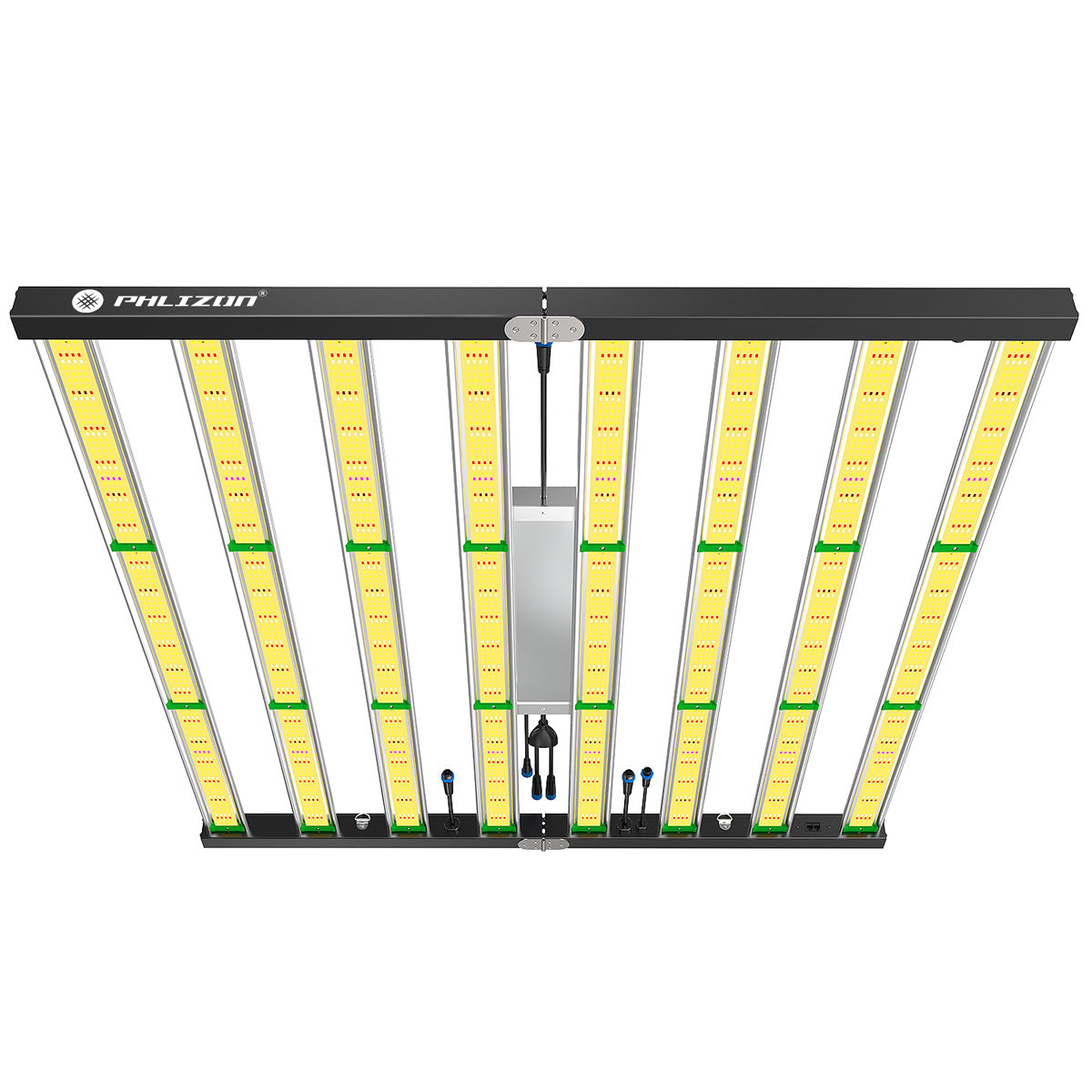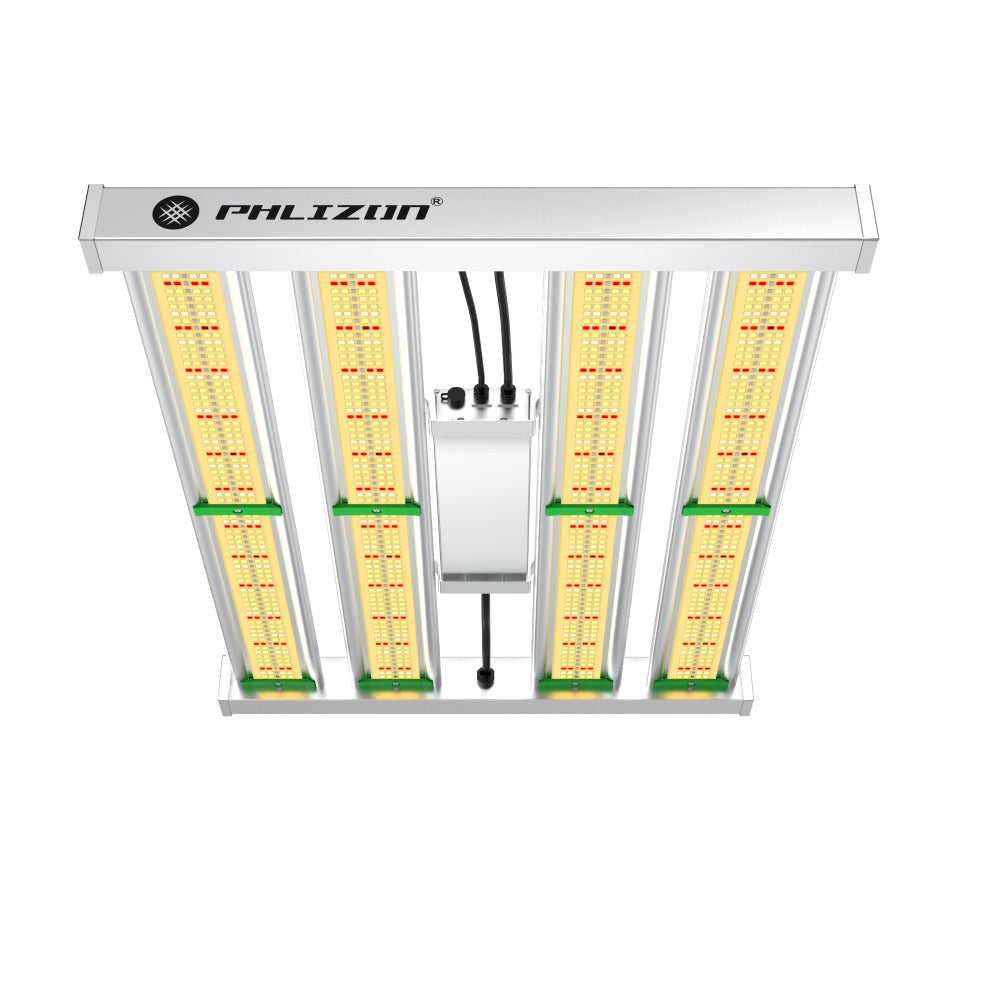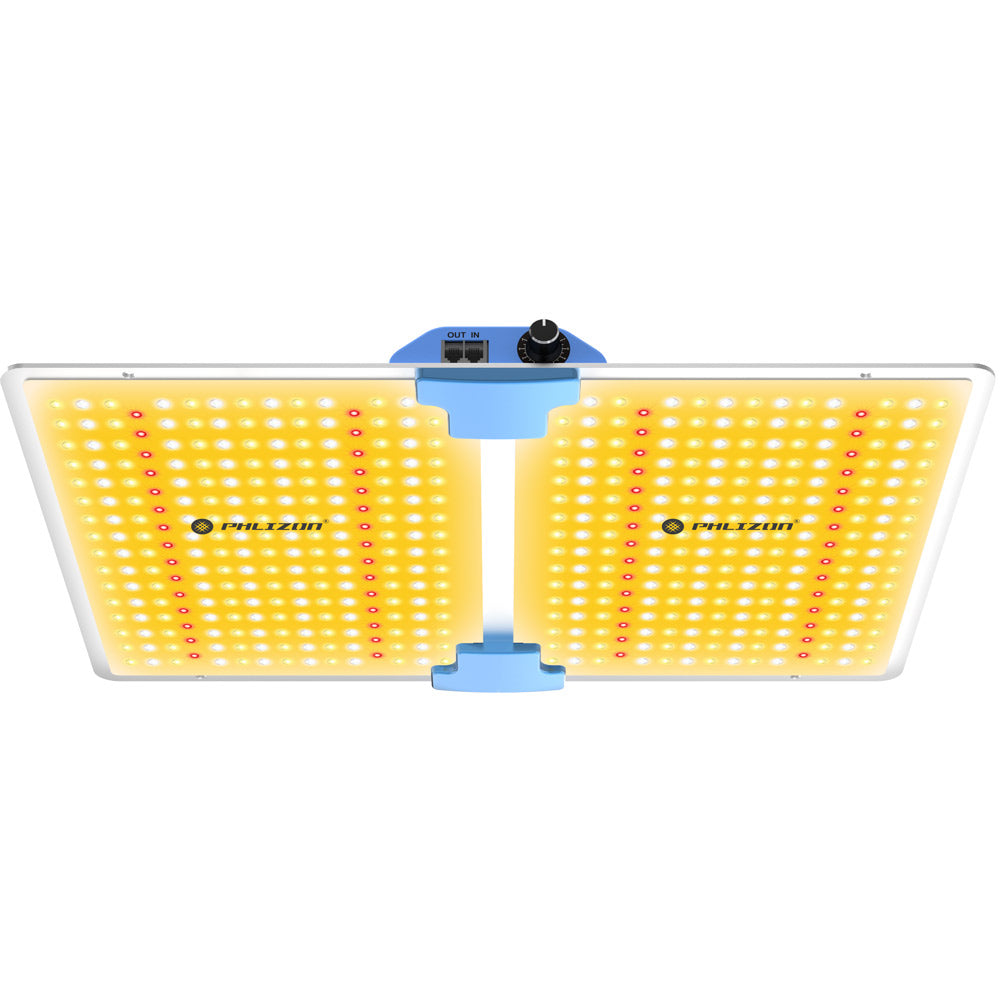Menu
How to Choose the Best Grow Lights for Plants?
Introduction
Are you worried that your plants are not growing and getting dead day by day? Have you ever checked whether the plants are getting enough light? Light For Plants Is As Important As Oxygen For Humans.
It is obvious that plants cannot grow without proper heat and light. Due to this reason, when we talk about indoor plants, we have to consider the appropriate best plant grow lights for plants with proper lighting. Or else plants can easily wither in no time.
Many people have no idea about the maintenance of indoor plants. Due to this reason, they have to face many complications from time to time. However, you don't have to struggle much in this regard because we will help you properly care for indoor plants in detail through this post.
So let’s see how you can easily grow indoor plants with effective tips and tricks! Let’s get started!
Types of Best Grow Lights for Plants
The best thing to consider for indoor plants is to grow lights. You don't have to look further because we are discussing four different types of grow lights for your plants in this section. Check out their detail below:
LED Grow Lights
These LED grow lights are effective for the natural growth of plants on all counts. Plus, these are easy to afford as well.
For people who have indoor gardens, these are a good choice to go for. The heat regulation offered by these LED lights is optimum for the health of indoor plants.
Due to this reason, baby plants do not get compromised with these LED grow lights at all. Also, for rookie gardeners and plant keepers, these LED lights are handy to use and do not require much maintenance.
Fluorescent Grow Lights
The overall impact of fluorescent lights on indoor plants is subtle. It means these lights do not damage them at all.
Their Kelvin rating is also different from the LED lights, which makes them attractive to buyers.
During the initial stages of plant development, such lights are important to consider because of less possible damage to them. However, these lights are a bit more expensive than LED grow light.
Integrated LED Grow Lights
These basically work on a light spectrum phenomenon. The blue light is for plant growth, while the red is for flower development.
These keep changing with time which means the user does not have to manually adjust them when needed. Such lighting comes in handy for indoor gardening and proves to be efficient for overall plant growth.
There is a wide range of different options available in integrated LED grow lights that users can purchase depending on their budget.
Uses of Best Grow Lights for Plants
There are four major uses of grow lights for plants. We are going to have a look at them below:
- Limited Light:Such lights are useful in situations when plants are not getting enough light and when they are far from the source of light as well.
- Seedlings:Grow lights are helpful for seedlings to provide them with sufficient heat and light so that they can enter further stages of development and grow into a plant.
- Growing Food:For users, who are into indoor gardening and plantation, they need to grow lights for properly growing food.
- Propagate:Grow lights also come in handy for the propagation of plants and artificially growing them for giving them as presents.

Steps to Choose the Best Grow Lights for Plants
It is important to get your hands on a suitable grow light, and for this purpose, below is the guide that you can seek help from while making your choice!
● Location
It is important to find a perfect location for placing greenhouse grow lights if you are working in a greenhouse. It is important to remember that greenhouse plants need a consistent supply of light so that they can grow in a natural way. Therefore, it is better to keep the grow lights in an appropriate position to avoid complications in plant growth in the future.
● Budget
The next thing to consider is the budget. It is obvious that if you want to grow a lot of plants, then you need a large number of lights. Due to this reason, you would have to invest a lot in grow lights. Therefore, first, you need to determine how many plants you are willing to grow.
Another factor is the bulb wattage. Powerful bulbs are often expensive as compared to bulbs with average wattage. So better will be to dig deeper into the types of bulbs incorporated in grow lights to fix your budget for this purpose.
● Choose Bulb Type
After deciding your budget, find out the suitable bulb type for yourself. You will see three major categories of bulb types of grow lights in the market. These are HIDs, LEDs, and fluorescent lights.
You can rely on fluorescent bulbs as they are affordable and easily available too.
For plant keepers, who want to maintain one or two plants, then fluorescent bulbs prove to be beneficial. But these are not dependable in the long run, and you might have to replace them often.
Using LED bulbs is more effective because they are more durable than fluorescent ones. These provide excellent spectrum coverage and prove to be healthy for plant growth.
● Decide on Spectrum
The purpose of LED grow lights is to provide plants with the same energy that natural sunlight provides them with.
Due to this reason, we need to rely on appropriate grow lights that are able to maintain the light spectrum for the plants, just like sunlight. Or else the plants would fail to grow naturally. There are different wavelengths in natural light, and each of these wavelengths has a certain impact on the growth of plants.
Therefore it is important to rely on such grow lights that have the ability to maintain this spectrum to avoid plant damage and stunted growth on all counts. Another important thing to consider here is that not every plant needs the same spectrum. Therefore it is important to determine the appropriate spectrum for all plants for the desired results.
● Coverage area
Coverage area is another factor to keep in mind. You need to determine the position of the grow lights for this purpose.
Also, you need to know how much area of the crop they are covering. Some grow lights cannot provide sufficient heat and light to the plants, while others can. If these grow lights are too far from the plants, then it will stagnate their growth.
Also, if these are too close to the plants, then it will damage them, and extreme light and heat can also burn them.
● Consider Height & Mobility
Now comes the height and mobility of grow lights for your crop. It will be better to determine the suitable height of grow lights so that these won't damage your plants in their developmental journey.
Also, some lights are mobile and work automatically. Therefore it is beneficial to find out if your crop needs excessive light or not to make sure they are getting sufficient heat and light. In case they don't then make sure to maintain a distance of lights from the crop on all counts. Proper research on the crop you are growing is handy to see which type of lights will prove to be suitable for it in the long run. It will save you from many complications later.
Recommended Duration of Best Grow Lights for Plants
The simple answer is up to 10 hours every day. However, this general criteria depends on different factors. What type of crop are you growing? Also, the type of grow light you are using matters a lot.
Sometimes the environment is also a factor that influences the usage of light for the growth of plants. Experts believe that a plant can grow better if the light is on top of it. The reason is that the light will attract it in a way, and it will grow in the direction of the light source.
For indoor plants, LED grow lights prove to be highly functional. These are subtle and provide efficient heat regulation at the same time. However, no matter what type of grow light you're using, a proper distance of light from your plants is important.
It is because if plants are too close to the lights, then these can easily burn and wither as well. In case when winters arrive, it is better to replace your LED grow lights with fluorescent ones because these come with more spectrum.
During winters, these grow lights will provide more heat and energy to the plants so that they can grow perfectly in unfavorable circumstances as well.

Conclusion
In this guide, we have tried to highlight the importance of different grow lights on plants.
There is no doubt that even with artificial sources of light, we can grow plants of our choice and make sure they are properly maintained in the long run as well.
You will be able to find out effective tips for this purpose in this discussion as well. There are some factors that help you with the proper adjustment of grow lights for plants to get the desired results without even compromising the plants at all. Are you in search of affordable but best grow lights for plants? Visit Phlizon Store to purchase amazing LED grow lights for your indoor/outdoor plants.
Featured blog
- Choosing a selection results in a full page refresh.

















